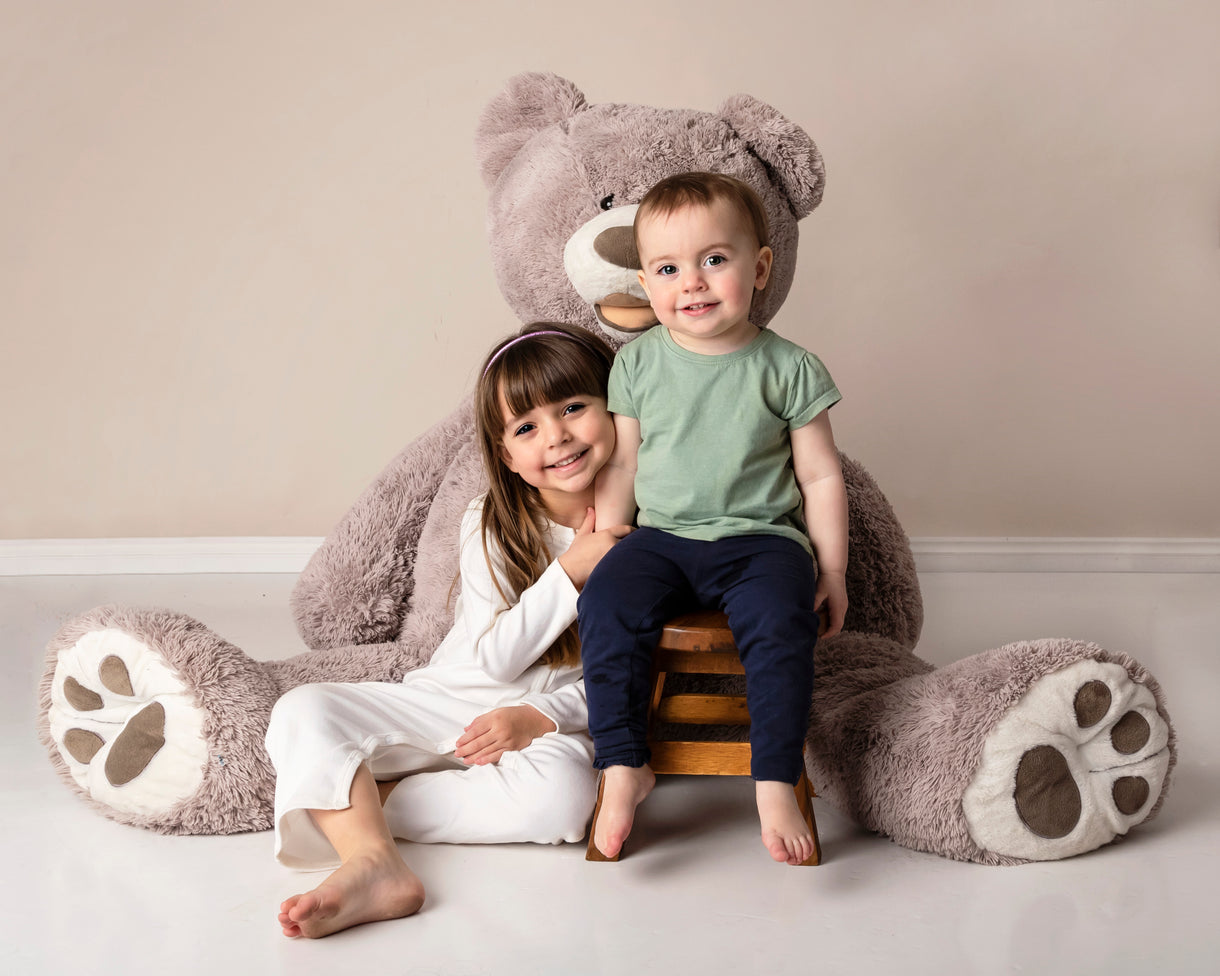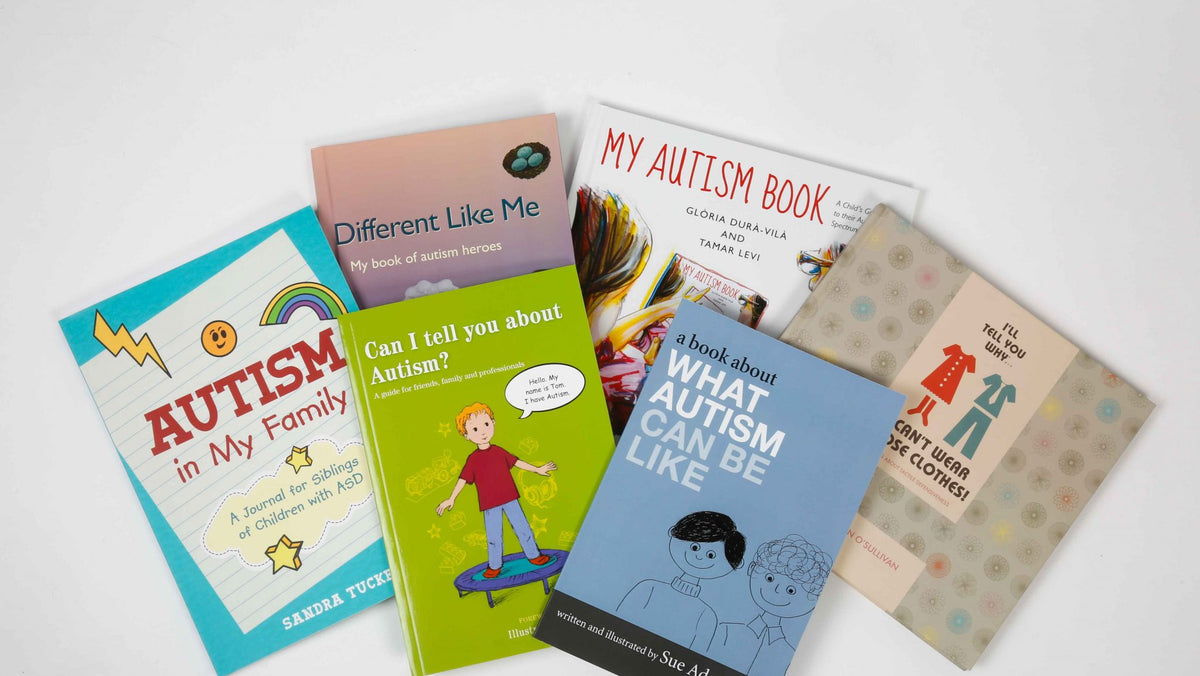How To Alleviate Anxiety In Children With ASD

Anxiety is, unfortunately, a part of ‘normal’ life and it’s something that everyone experiences at some stage in life, but children with autism spectrum disorder (ASD) can experience anxiety more intensely and more often than other children.
In fact, anxiety is estimated to affect at least 40% of autistic individuals and is a prevalent problem for autistic children and young people.
According to Meta Auden, founder of Spectra Sensory Clothing ( Now bought by Helen Clawson under the brand Adaptive Clothing UK ) there’s no doubt the world can be a confusing place for children with ASD.
She said: “Whether it’s dealing with social situations or unfamiliar surroundings, children with ASD can often have difficulty working out what others are thinking or trying to anticipate how others will react to certain situations.
“As a result, they can feel anxious and stressed. To make matters worse, they may often find it difficult to tell parents or others that they’re feeling anxious and instead begin to display challenging behaviour.”
Challenging behaviour
According to Meta, circumstances that can lead to challenging behaviour can include:
- Changes in environment – from the most simple changes such as furniture in the home being moved, to new equipment in the local park – all are capable of leaving a child with ASD feelings of being unable to cope
- Changes in routine – this can often be one of the biggest challenges for a child with ASD. If, for example, a piano teacher is unwell and unable to hold the weekly lesson, the child can become extremely upset and anxious
- Unfamiliar social situations. Even something as simple as a friend’s birthday party, while generally enjoyable, can create anxiety as a result of the new noises, bright lights, unfamiliar foods etc
- Worry created by familiar situations such as going to the toilet, vacuum cleaners etc
Separation anxiety is another source of extreme anxiety. While typically developing children can often express anxiety or nervousness in such circumstances, children with ASD can be particularly affected by social anxiety. From fear of being separated from parents and caregivers to worries over homework or health issues, children with ASD can be affected by a range of issues.
Anxiety UK suggests imagining anxiety as a bucket of water: an accumulation of small, everyday stresses will eventually fill the bucket and, on occasion, make it overflow. It’s essential therefore to spend time on trying to work out your child’s personal causes of anxiety and identify strategies to relieve – or even avoid – the ‘overflow’ of anxiety.
Fortunately there are things that you can do to help alleviate or ease your child’s anxiety and encourage them to manage their anxiety levels on a daily basis.
Symptoms of anxiety
While children are affected by anxiety in different ways, there are a number of symptoms that are common in anxious children. These include:
- Trouble sleeping
- Meltdowns or temper tantrums
- Withdrawal from or avoidance of social situations
- Increasing insistence on routine and ‘sameness’
- Actions designed to hurt themselves, such as head banging, scratching skin or hand biting
- Increased ‘stimming’ behaviour such as drumming fingers and rocking back and forth
Meta explained: “Many children with ASD also experience internal sensations of tension, including a racing heart or palpitations, sweating, nausea and stomach pains. There may also be feelings of fear, dread or irritability and hypervigilance.”
How to help with anxiety child with ASD
“One of the first ways in which you can help your child is by reading your child’s signals and working out what makes them feel stressed” said Meta, adding: “It can also be very helpful if you explain to your child what anxiety is, how it feels and what they can do to help themselves.”
Visual techniques
Visual aids can be a great help to your child. If, for example, your child becomes anxious when you’re dropping them off at school, you could provide them with photos of what you’ll be doing while you’re not with them – such as driving home, going shopping and reading along with photos of what they’ll be doing – sitting in class and playing sport.
Similarly, if your child tends to become anxious if there’s a change in their routine, then visual schedules can help to prepare them for the change. School holidays, for example, can be a source of anxiety, so providing a schedule that shows in advance that there will be a change in the daily schedule can help to alleviate the anxiety.
Bear in mind, however, that while some children find it helpful to be warned about a change a day or two in advance, others can find too much advance warning another source of anxiety.
Rehearse stressful situations
“For many children with ASD, preparation is the key to alleviating anxiety” said Meta. “The simple act of rehearsing or practising situations that your child finds stressful can help them to not only understand the situation in a visual way, but can give them the added bonus of physical preparation.
“If, for example, your child finds going to the dentist or hairdresser worrying, then go for a practice run. Make the hairdresser or dentist aware of your child’s anxiety so that they’re fully prepared to make your child feel as comfortable and as relaxed as possible.
“Make sure too that when you’re practising different scenarios with your child you give them constant praise so that they become comfortable and at ease with the situation.”
Use relaxation and calming strategies
Of course, you can’t always be with your child when they become tense and anxious, so it’s a good idea to give them strategies that can help them to calm themselves down when they feel themselves becoming tense. Among the most successful strategies are:
- counting slowly up to ten
- taking five deep breaths
- running around the garden or playground five times
- reading a favourite book
- closing their eyes for a few moments
Provide forms of diversion
Diverting your child’s attention can often be a perfect solution for alleviating your child’s anxiety. In the same way that writing your worries down in letter format can reduce your anxiety, allowing your child to write their troubles down on a piece of paper can prove a very positive move.
“Products such as Worry Eaters, which we sell at Spectra Sensory, allow your child to rid themselves of their woes. Recommended by psychologists and teachers, these comforting bedtime toys act as a ‘waste bin’ for all your child’s worries from the day” said Meta.

“By using a Worry Eater, your child can simply write or draw their troubles on a piece of paper and feed them into the zipped mouth of their Worry Eater. You can then retrieve the note or drawing in the Worry Eater’s tummy, and talk to your child about it. This not only helps them to come up with solutions, but is particularly good for non-verbal children. And, when the problem is resolved, your child can simply cuddle up to their Worry Eater for bedtime snuggles.
“Worry Eaters – the perfect solution for alleviating your child’s anxiety.”
Thanks for reading our article on dealing with Anxiety In Children With ASD.




